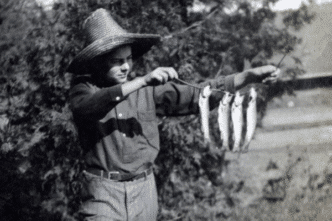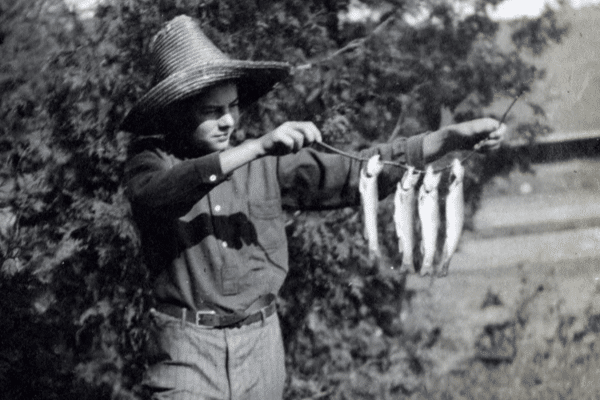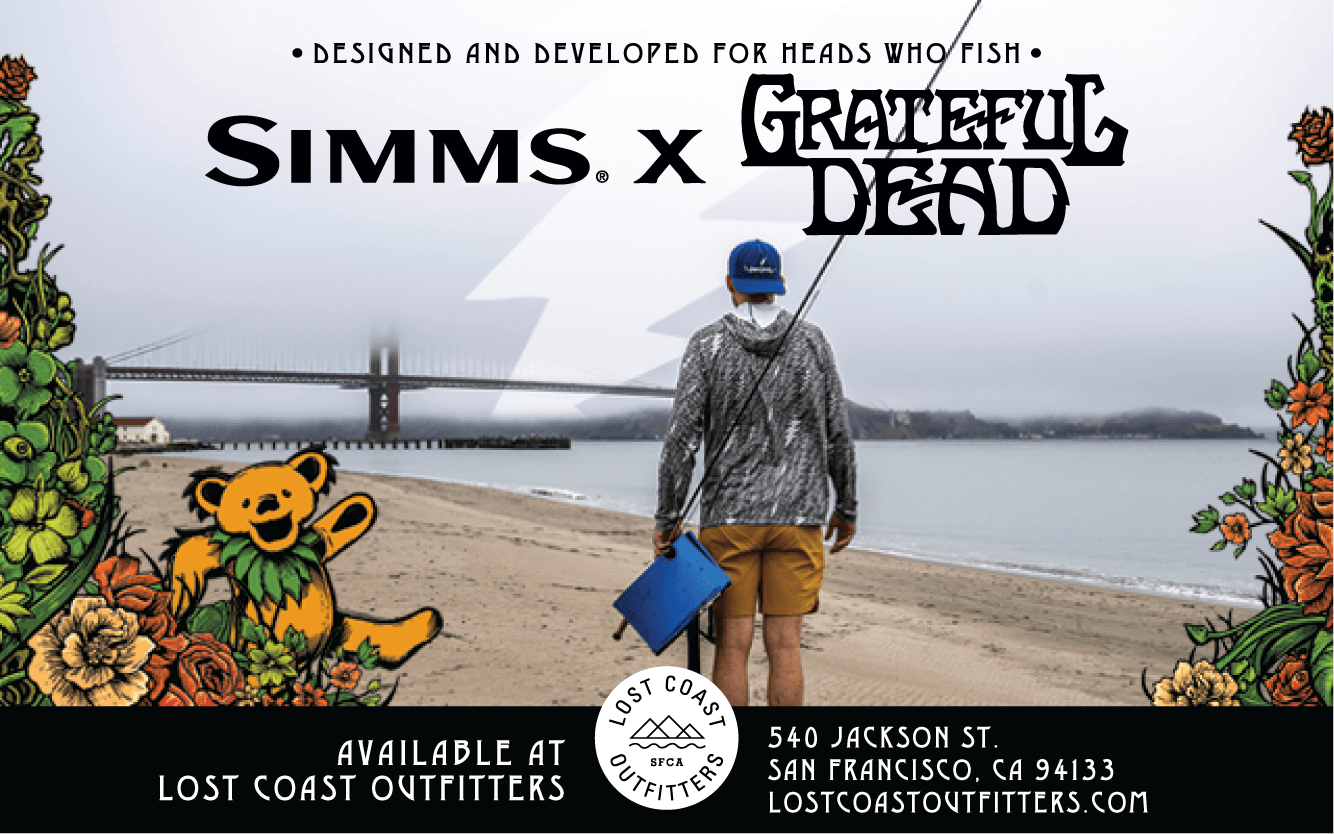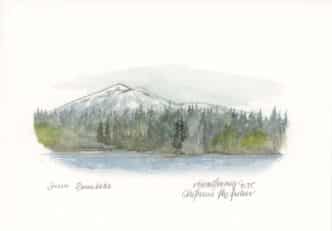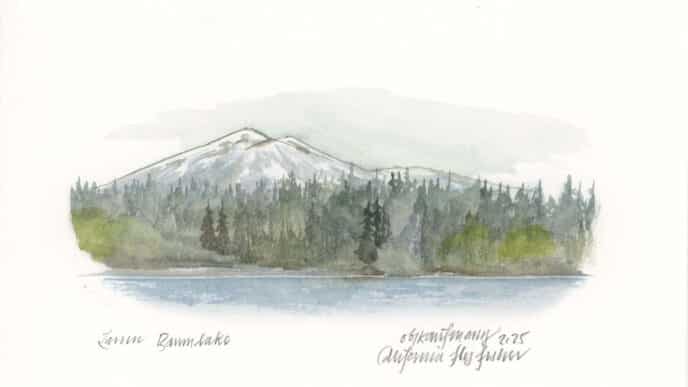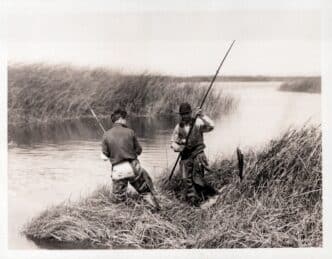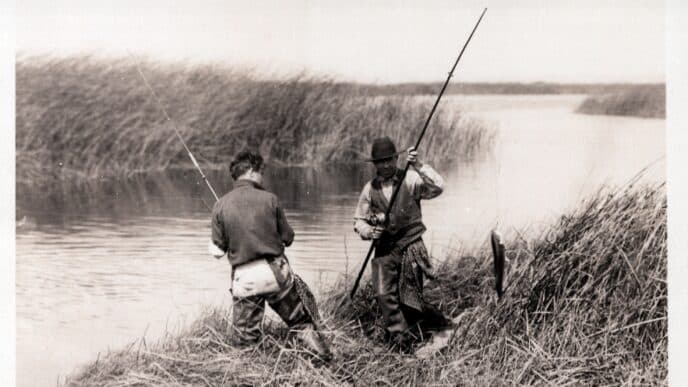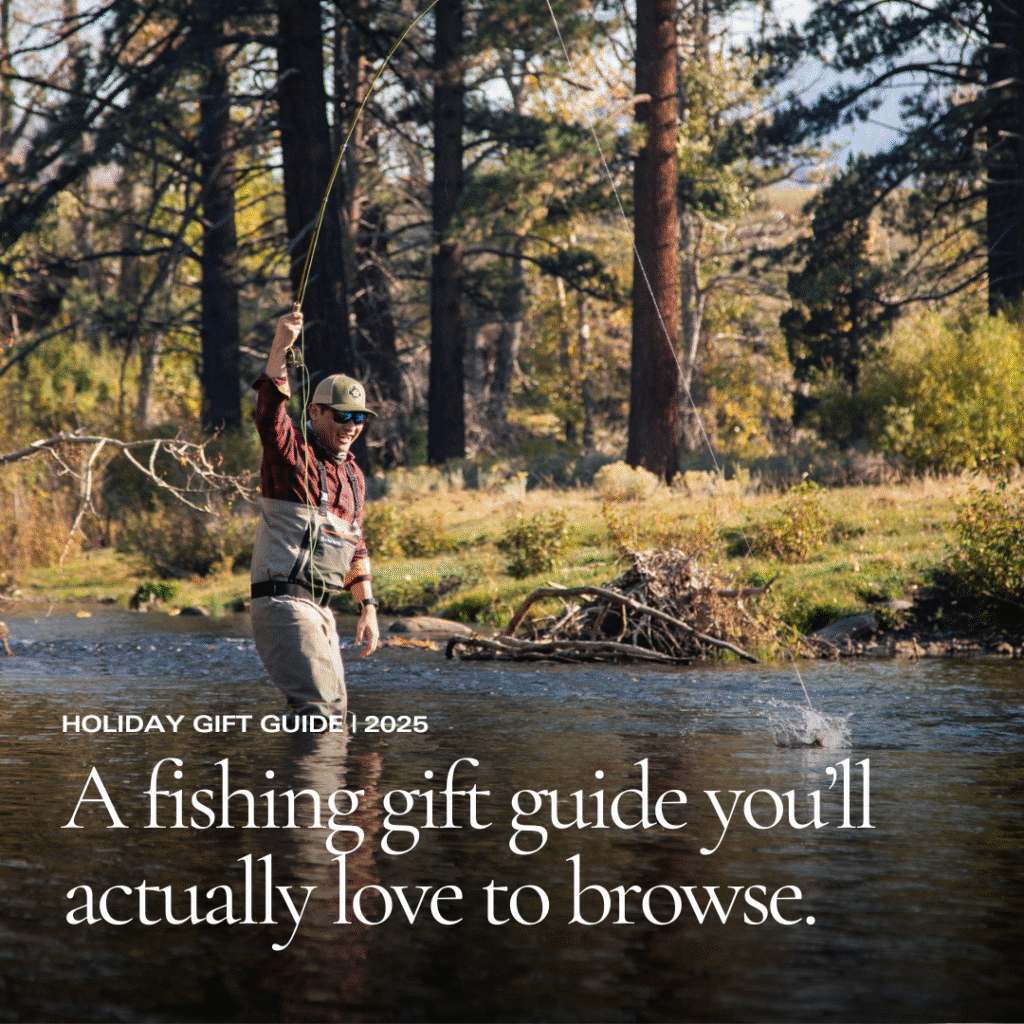Autumn comes early to the mountains. You might catch a glimpse of it in late August when the aspens take on a hint of color. I love the crisp, clean autumn air, the falling leaves, the frosts that creep up and take you by surprise, and the sun as it warms you when you throw out your first hopeful cast. Today might be the day you hook a trophy.
Autumn’s a nostalgic season, too. I think back over the trips I’ve made and feel a pang of regret I haven’t made more. Instead of fishing, I’ve taken care of business, paid the bills and mortgage, painted the garden shed, and so on. It can be a little depressing as trout season draws to a close. I’m left hungry for more, and April is a long way off.
Only once did I spend a big chunk of my autumn fishing. Ernest Hemingway provided the inspiration. I read about a trip he made in 1916 with his pal Lewis Clarahan. They were teenagers, still in high school. For 11 days, they hiked and camped in northern Michigan, riding the rails through the pine forests south of Traverse City, the territory Hemingway recalled in his Nick Adams stories.
Their first stop was Bear Creek, where they set up their pup tent. In his pocket diary, Hemingway noted, “Camped in dandy spot on bank of stream. Many trout jumping. Killed water moccasin on R.R. tracks.” They had wonderful luck on Bear Creek. Hemingway was impressed with the fighting spirit of the fish, landing an 18-inch brown he battled for 15 minutes. For supper, they ate trout rolled in cornmeal and fried in bacon grease.
They moved on to the Boardman River. still a first-class stream holding brookies, rainbows, and browns. Lew took off to fish a creek nearby, while Hemingway waded the river. It was wide and fairly deep with “a devilish current.” They built a shelter of spruce for sleeping, but when it began raining at two a.m., the shelter leaked. The lads woke, dusted themselves off, and fished in the downpour. Lew caught two big rainbows that “fought nicely and broke water.”
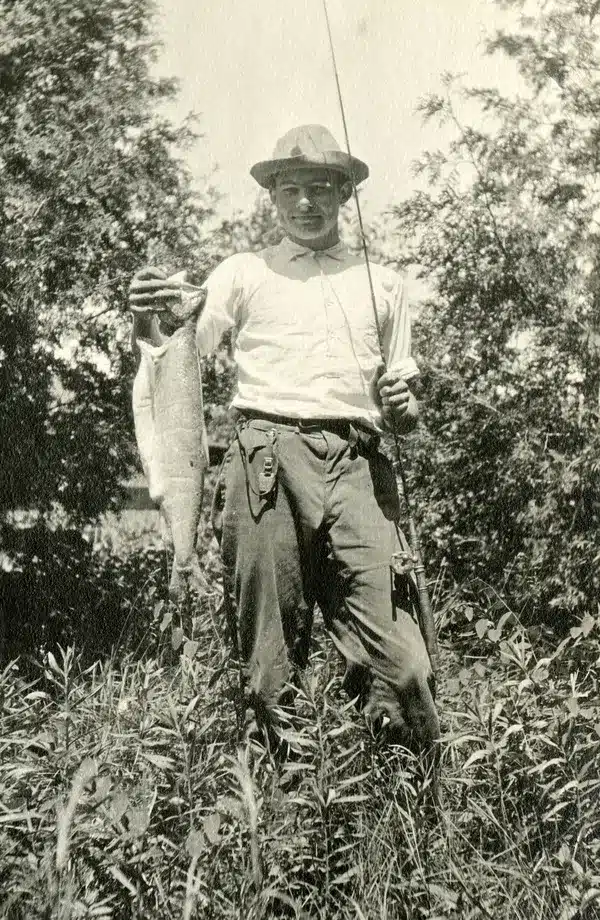
The whole trip went that way. All they did was hike, camp, and fish, splurging just once for dinner at a café in Walton Junction. They got a big kick out of mistaking two huge suckers they hooked for giant trout. They swapped the suckers with some “old folks” for a quart of fresh milk. The old woman smoked a pipe. “The Boardman is some river,” Hemingway wrote appreciatively.
I got worked up reading the article. Lew and Ernest were fearless teenagers, and I was a not-so-fearless adult, but that shouldn’t keep me from making a similar trip. The bills could wait, couldn’t they? I wouldn’t miss the bill-paying when I was gone, so I grabbed some guidebooks and Forest Service maps and left San Anselmo, where I lived at the time, in late September.
I’d chosen to start on the Middle Fork of the Tuolumne. It’s known for its wild trout, but I’d never fished it before. I followed a route into the foothills of the Central Valley, where the river flows through Stanislaus National Forest. The Middle Fork sits deep in a canyon my guidebook described as “a bit difficult to reach.” That was like saying, “Stephen Curry’s pretty good at basketball,” but I didn’t find out until I passed through Groveland and reached the canyon rim.
This was no ordinary canyon. It was the Grand Canyon of the Tuolumne, a wonder of geology. The sun, molten orange, cooked the rocks and soil to a fiery incandescence. At the very bottom, glittering like a piece of crumpled foil, I saw the Middle Fork. The road down was five miles of bad dirt and barely wide enough for a single car. I pictured myself veering off a cliff and tumbling four and a half miles to my demise. In a four-wheeler I’d have risked it, but not in a vintage Toyota wagon with two worn-out tires.
I kicked myself for turning back. Old and useless, no longer the intrepid angler I once was. What would Hemingway think? I tried not to think myself. I figured the Merced might restore my self-confidence and headed to Yosemite in the morning. The summer crowds would be gone, and I could access the river right off the road. Perfect for an old guy, really.
The Merced is deceptive in the autumn. It looks as if it’s bone-dry, but if you climb over the boulders, you’ll find deep pools hidden among them. The light will be intense and revealing, so you need to sneak up and cast with a minimum of fuss. I caught lots of small rainbows on a variety of nymphs —Hare’s Ear, Gold Bead Princes, Zug Bugs —but nothing worth a selfie.
Maybe I’d do better on the Stanislaus. I followed Highway 108 through the Gold Country to Strawberry. The river looked ragged, badly logged over, and I got skunked that evening. You’ll get lucky tomorrow, I told myself as I always do. But the weather turned wintry, and frost crunched beneath my boots as I walked to the stream. I could feel the frigid water through my waders.
To my surprise, a single mayfly took flight, fluttering regally. When a second solo flier appeared, I tied on an Adams and picked up a four-inch rainbow. Bad enough to catch a midget, but the little guy had mangled my fly, too! I fluffed up the hackles and cast to an undercut bank, where the little guy’s great-grandfather attacked it. Down he dived into a tangled web of weeds, snapping off my leader.
My luck had gone sour, and I had no doubt it would stay that way. The fates were punishing me for neglecting my duties at home, so I reluctantly returned to San Anselmo. That was silly, of course.
I could no more stop fishing than beat Stephen Curry in a game of one-on-one.
Two days later, I packed up again and headed for Kings Canyon National Park, another spot I’d never visited before.
I must’ve been feeling brave, wilfully ignoring the word “canyon.” I traveled through the dusty valley flats, where the cotton fields were in bloom, and climbed into the Sierra Nevada to the park entrance at about 8,000 feet. Cedar Grove was 30 miles or so away, a ranger told me. I could camp by the river there.
There’d be no turning back this time. Slowly, I negotiated the road, two hands on the wheel, taking only brief glances at the massive glaciated terrain of the canyon. At Cedar Grove, I set up camp beneath the swelling granite formations of Grand Sentinel and North Dome, ancient rocks snoring away the centuries.
I was on the South Fork Kings. I’d heard that fly fishers routinely catch 20 to 25 trout in an evening, and I did the same. The October caddis came off in bunches and hit my Stimulator non-stop. I fished along the fringe of stunning meadows, where the willows were an autumn gold and the sedges a russet color. On the high mountain ridges, the aspens were like tongues of flame leaping out from a dark green tier of pines and firs.
The South Fork was sublime. I wished I could stay forever, but after three days, I forced myself to quit. Home again, I put away my gear for the season, and two weeks later, in early November with the weather still mild, I retrieved it and drove straight to Downieville for what would be—I promised myself—the last of my fishing for the year.
I checked into a motel on the North Yuba, where the Downie River flowed into it. I fell asleep to the sound of the rivers and slept hard and well. The mountain mornings were very cold, but I fished every day till dark, not only the North Fork but Pauley Creek, too, where I hooked a good brown. I waded in sneakers and shorts and fed myself from a knapsack, an apple or pear, a hunk of bread and cheese.
There were splinters of ice on the parking lot puddles when I finally had enough. The cold had put down the trout, and the first big storms of winter were on the horizon. At home, I stacked firewood on the front porch and cleaned out the gutters, took long hikes on Mount Tam and wondered how many days until trout season opened again.



